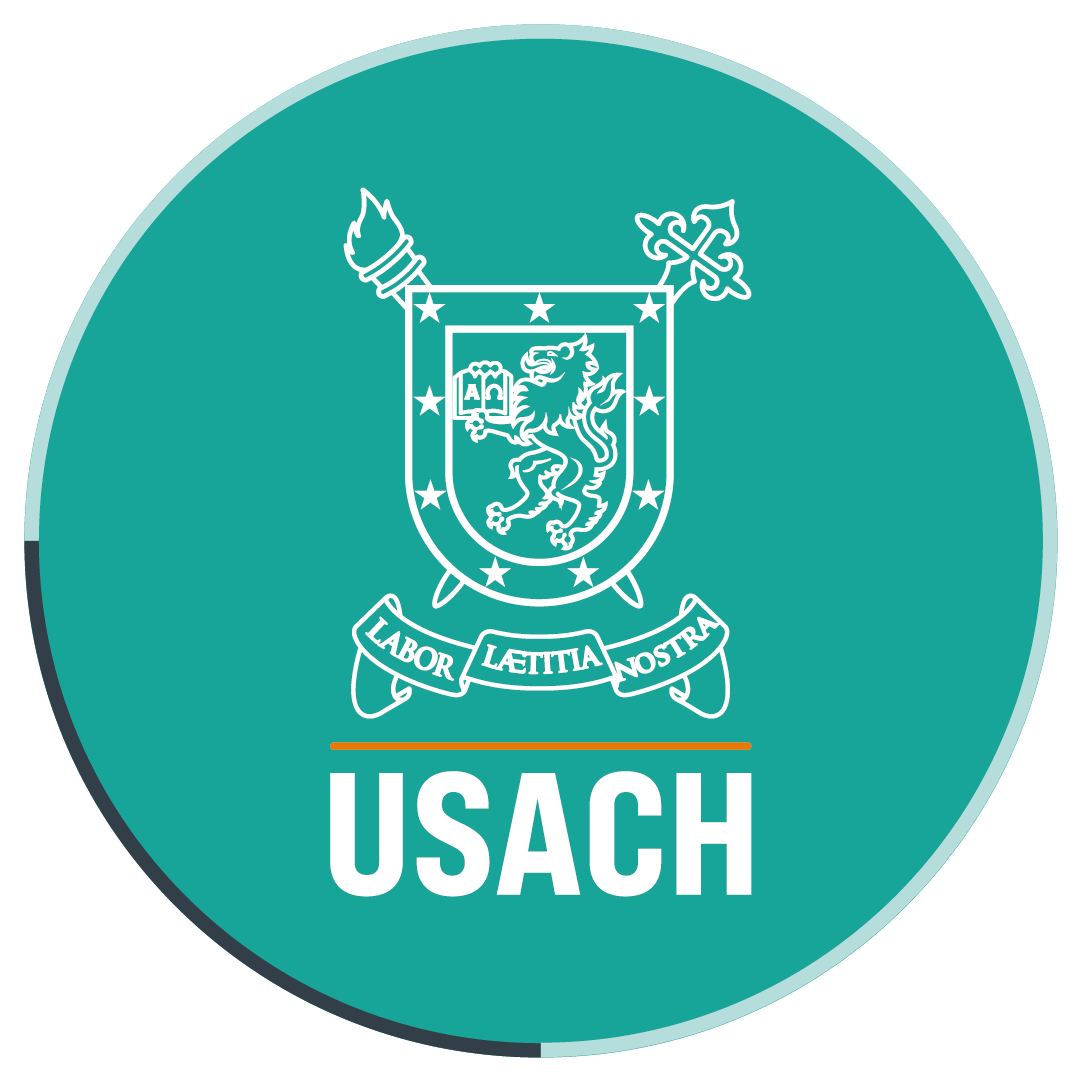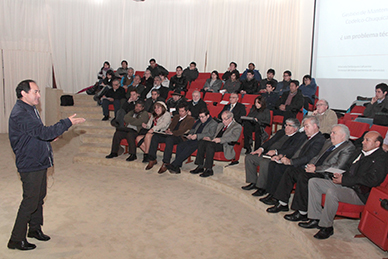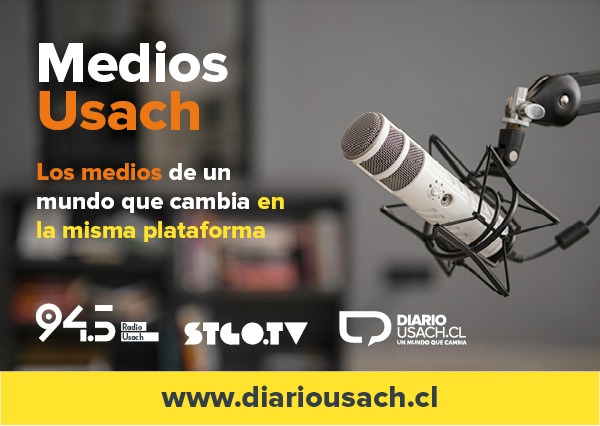- At a seminar organized by the Faculty of Engineering, representatives of the state mining company talked about the implications of the new underground mining project for Chuquicamata, that will bring new challenges and will require operators and professionals to develop new competences.
- Juan Carlos Espinoza, the Dean of the Faculty of Engineering, said that just as the mining company is undergoing a transformation process, the Faculty is checking and updating the profile of the new engineers who will be trained at Universidad de Santiago according to world-class parameters and who will have to manage both soft and technical skills.
- “Universities should include abilities like positive leadership and development skills in their training programs from the very beginning and not at the last year, because in real world, problems are not only technical,” Marcelo Vásquez, the director of the Codelco-Chuquicamata’s People Service and Logistics unit, pointed out.
In the context of the seminar “Large-scale mining at Codelco-Chuquicamata and its relation with Universidad de Santiago de Chile” (La Gran Minería de Codelco-Chuquicamata y su relación con la Universidad de Santiago de Chile), two conferences were given at the University’s Salón de Honor by representatives of the state mining company. Their presentations referred to the challenges being faced by that company and by the mining industry in general that could require future engineers to develop new competences.
Edison Pizarro, the Director of Innovation and Technology at the Underground Mining Development Division of Codelco-Chuquicamata, gave the presentation “Chuquicamata underground mining project, a mine of the 21st Century”, where he explained how the current open pit would be mined in an unprecedented way for the north of Chile, as of 2019.
Edison Pizarro explained that in the past few years, the primary open pit for copper mining at Antofagasta Region (that will be 100 years-old next year and that, due its dimensions, might be the largest open pit of the world) has had a decrease in the quality of the ore mined from a grade once higher than 1% to only 0.7% nowadays, and it seems that it will continue decreasing.
Also, the costs of moving the mining operations inside the pit, the resulting energy consumption and pollution of the area have shown that, if the mine does not change its production process, it will become unsustainable.
A 40-year solution
Therefore the company, using the knowledge that it has developed in other underground divisions, decided to change to this type of production, what will give Chuquicamata 40 years more, with an ore production that will average 0.71% copper and molybdenum and that will reach an extraction rate of 140 thousand tonnes per day.
The representative of the state mining company gave the details of how the mine will operate at this new stage, stressing the need for experts in the fields of telecommunications, electricity, informatics, robotics, and of course, mining operations.
However, this megaproject brings mega challenges, not only for the way of developing the process, but for the technology that will be necessary to implement and manage and the human resources that will be required.
The challenges posed by the project are related to sustainability, which is planned to be reached through the following actions: reducing the amount of particulate matter (PM10) by 97%; opening a Training Center, in partnership with social entities, to train workers and develop the work profiles required by the new underground pit work; highlighting the importance of maintenance systems, as all the production of new Chuquicamata will come out through a conveyor belt that covers several kilometers and cannot be stopped; and, particularly, managing the culture of change at the company, to promote the adaptation to changes, something that has been very resisted up to now due to the mining workers’ and unions’ way of thinking.
An adaptation challenge
Marcelo Velázquez, Director of the Codelco Chuquicamata’s People Service and Logistics unit, in his presentation “Maintenance Engineering in Mining Industry… A technical challenge?” referred to how equipment maintenance management and its processes are set aside due to the productive pressure. This aspect lies beneath the organizational culture and disregards the useful life of equipments and systems at not considering a long-term approach.
The expert explained that, in Chile, maintenance represents up to 40% of the mining industry costs. And despite this is an area where cutbacks are expected, there is not a strategic vision to incorporate a maintenance culture; there are only reactive actions that are usually fairly planned.
Marcelo Velázquez urged future engineers to watch the world trends in maintenance, based on the reliability of systems that intelligently organize the processes considering maintenance times to prevent emergencies and their associated costs.
“The new engineer’s role requires the expertise given by the University, particularly, in technical knowledge. And also, the new engineer has to understand that challenges are faced by people. In some cases, there is a lack of leadership to face adaptation challenges.”
For this reason, he added that “Universities should include abilities like positive leadership and development skills in their training programs from the very beginning and not at the last year, because in real world, problems are not only technical. They may be easily solved; but problems have to be solved by people, and that is difficult.”
Juan Carlos Espinoza, the Dean of the Faculty of Engineering, compared the transition process of Chuquicamata with the one that the Faculty is currently undergoing with the purpose of updating the profile of the new engineers for the 21st Century.
Regarding this, he referred to the need of strengthening the relation with employers to have a permanent contact, receive feedback, and collect new information from the job market, like the aspects mentioned at the seminar. Also he said that similar activities will be organized more frequently to strengthen this work line.
Many students of the Department of Electrical Engineering and the Department of Mining Engineering, together with authorities and academics of those units and other units of the Faculty of Engineering, attended the activity.
Translated by Marcela Contreras



